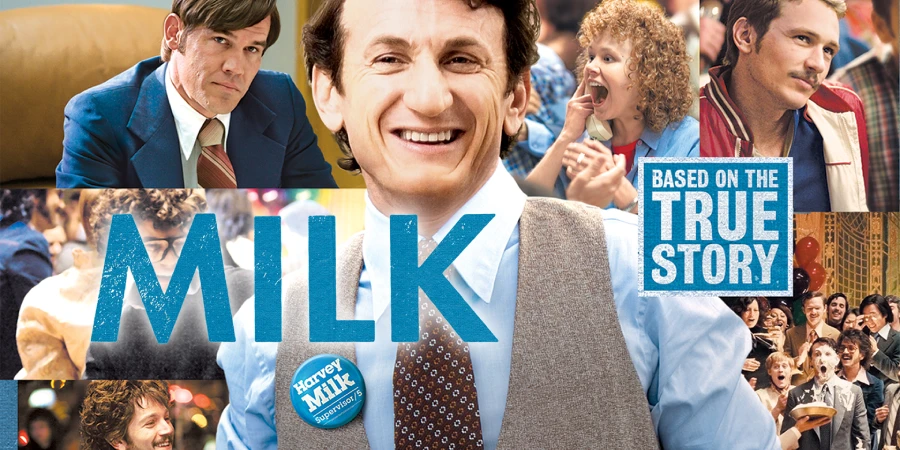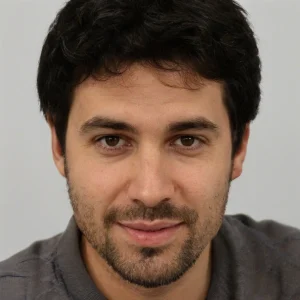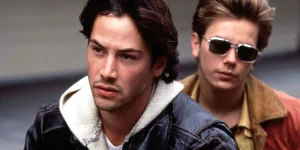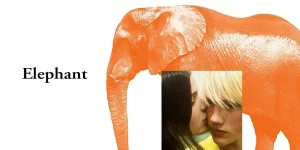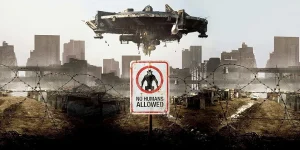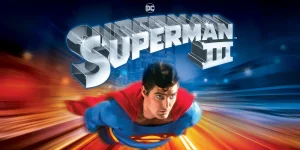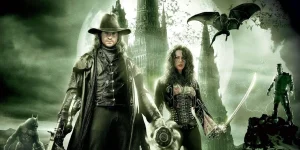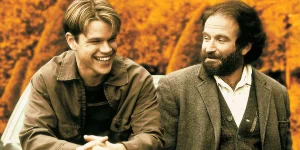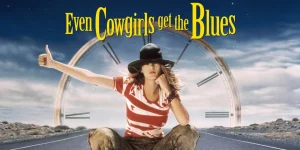Milk (2008), directed by Gus Van Sant, is a moving biographical drama that chronicles the life of Harvey Milk, the first openly gay man elected to public office in California. The film blends political history, personal struggle, and social activism, anchored by Sean Penn’s Oscar-winning performance.
Table of Contents
ToggleDetailed Summary
Harvey’s New Beginning in San Francisco
The movie begins in the 1970s, with Harvey Milk (Sean Penn) moving from New York to San Francisco’s Castro District with his partner Scott Smith (James Franco). The Castro quickly becomes a haven for the gay community, and Harvey emerges as a voice for equality, opening a camera shop that doubles as a community center.
Rise to Political Activism
Milk faces hostility and violence, but he gradually organizes grassroots campaigns to fight police harassment and advocate for LGBTQ+ rights. After several failed runs for office, he refines his strategy, connecting with unions and other marginalized groups, building coalitions that would later become crucial to his success.
Election Victory
Finally, Milk wins a seat on the San Francisco Board of Supervisors in 1977. His election is historic, not only for being a milestone in LGBTQ+ representation but also for the hope it brings to marginalized communities across America.
Conflict with Dan White
One of his fellow supervisors, Dan White (Josh Brolin), struggles with Harvey’s liberal agenda and his own personal demons. Initially cordial, their relationship deteriorates, especially after Milk opposes White on several issues. White becomes increasingly isolated, leading to paranoia and anger.
The Prop 6 Battle
One of the film’s most dramatic arcs is Harvey’s fight against Proposition 6, which sought to ban gay and lesbian individuals (and even their supporters) from working in California public schools. Milk tours the state, gives rousing speeches, and galvanizes the LGBTQ+ movement. Against the odds, Proposition 6 is defeated—a huge victory for civil rights.
Movie Ending
The film ends tragically but powerfully. After becoming further alienated, Dan White resigns from the Board of Supervisors but later asks to be reinstated. When Mayor George Moscone refuses, White sneaks into City Hall with a revolver. He first assassinates Mayor Moscone, then walks to Milk’s office and shoots him multiple times, killing him instantly.
The aftermath is gut-wrenching. San Francisco erupts in grief, with tens of thousands gathering for a candlelight vigil that fills the streets, mourning both Milk and Moscone. The film closes by highlighting Harvey’s enduring legacy—his hope that the gay community would never again remain silent or invisible.
Are There Post-Credits Scenes?
No, Milk does not have any post-credits scenes. The film ends on the candlelight vigil sequence, followed by text overlays that describe what happened afterward, including Dan White’s controversial trial and the eventual fates of key figures.
Type of Movie
Milk is a biographical drama and political film. It blends historical storytelling with themes of activism, justice, and personal sacrifice.
Cast
- Sean Penn as Harvey Milk
- Josh Brolin as Dan White
- Emile Hirsch as Cleve Jones
- James Franco as Scott Smith
- Alison Pill as Anne Kronenberg
- Victor Garber as Mayor George Moscone
- Diego Luna as Jack Lira
Film Music and Composer
The score was composed by Danny Elfman, who crafted a subtle and emotional soundtrack. It avoids bombast, focusing instead on delicate, human tones that underline the political and personal struggles depicted on screen.
Filming Locations
The film was shot on location in San Francisco, particularly in the Castro District. Many real sites connected to Milk’s life were used, including Harvey’s old camera shop, which was reconstructed for filming. This authenticity adds weight to the storytelling, grounding it in historical reality.
Awards and Nominations
Milk received widespread acclaim and numerous accolades:
- Won 2 Academy Awards: Best Actor (Sean Penn), Best Original Screenplay (Dustin Lance Black)
- Nominated for 6 more Oscars, including Best Picture, Best Director, Best Supporting Actor (Josh Brolin), Best Editing, Best Costume Design, and Best Score.
- Multiple Golden Globe and BAFTA nominations.
Behind the Scenes Insights
- Sean Penn immersed himself deeply in Harvey’s mannerisms and voice, working closely with people who knew Milk personally.
- Many extras in the Castro District scenes were real LGBTQ+ activists from San Francisco.
- Gus Van Sant initially wanted to make the film in the 1990s but waited until the right script emerged.
- The real Cleve Jones, a friend of Milk, served as a consultant on the movie.
Inspirations and References
The movie is based heavily on Randy Shilts’ biography “The Mayor of Castro Street” as well as interviews with people who knew Milk. The film aimed to remain faithful to both Harvey’s life and the larger LGBTQ+ rights movement of the 1970s.
Alternate Endings and Deleted Scenes
While no alternate endings exist (as history dictates the conclusion), deleted scenes reportedly explored more of Harvey’s private life and his relationship with Jack Lira. These were trimmed to maintain focus on the political narrative.
Book Adaptations and Differences
The film borrows from Randy Shilts’ The Mayor of Castro Street, but unlike the book’s broad historical approach, the movie narrows its lens to cover the last eight years of Milk’s life. The book dives more deeply into the wider gay rights movement and Harvey’s earlier years.
Memorable Scenes and Quotes
Key Scenes
- Harvey giving a fiery speech against Proposition 6.
- The first campaign defeat, with Harvey vowing not to give up.
- The candlelight vigil, one of the most emotionally powerful scenes in the film.
Iconic Quotes
- Harvey Milk: “If a bullet should enter my brain, let that bullet destroy every closet door.”
- Harvey Milk: “All men are created equal. No matter how hard you try, you can never erase those words.”
Easter Eggs and Hidden Details
- The movie uses real archival footage, blending it seamlessly with dramatized scenes.
- Many background actors were actual San Francisco residents who had lived through the events.
- The set designers recreated Milk’s camera shop almost identically to how it looked in the 1970s.
Trivia
- Sean Penn’s Oscar win for Milk was his second (after Mystic River).
- The film was released 30 years after Harvey Milk’s assassination.
- Dustin Lance Black, the screenwriter, gave one of the most memorable Oscar speeches about LGBTQ+ rights.
Why Watch?
Milk is not just a biopic—it’s a piece of history. It’s a story of courage, representation, and social change. The film resonates today because it shows how one person’s determination can inspire an entire movement. It’s political, emotional, and deeply human.
Director’s Other Movies
Recommended Films for Fans
- Philadelphia (1993)
- The Normal Heart (2014)
- Boys Don’t Cry (1999)
- Dallas Buyers Club (2013)
- Selma (2014)

